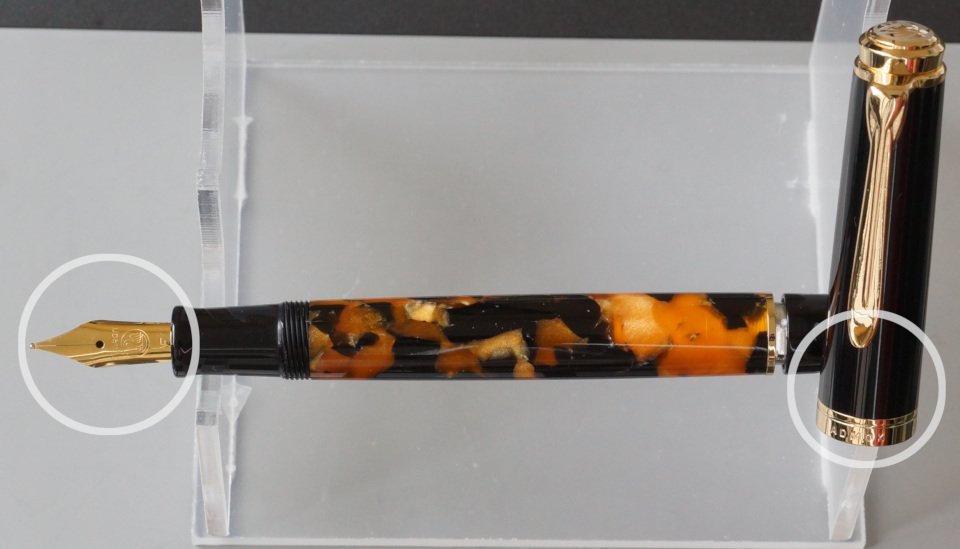Update On J. Herbin Ink Problems
-
Forum Statistics
354.4k
Total Topics4.6m
Total Posts -
Member Statistics
127,367
Total Members2,585
Most OnlineNewest Member
WilliamCom
Joined -
Images
-
Albums
-
Blue Pen club
- By Penguincollector,
- 0
- 0
- 14
-
Chinese pens
- By A Smug Dill,
- 22
- 93
-
Misfit’s 6th Album
- By Misfit,
- 73
-
USG 5
- By USG,
- 0
- 0
- 103
-
Retractable 2
- By J120,
- 0
- 0
- 93
-












.thumb.jpg.f07fa8de82f3c2bce9737ae64fbca314.jpg)



.thumb.jpg.331e554113c33fb39d5bf3233878978a.jpg)





Recommended Posts